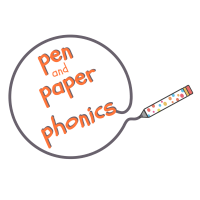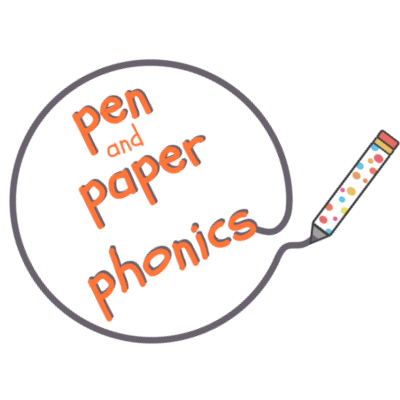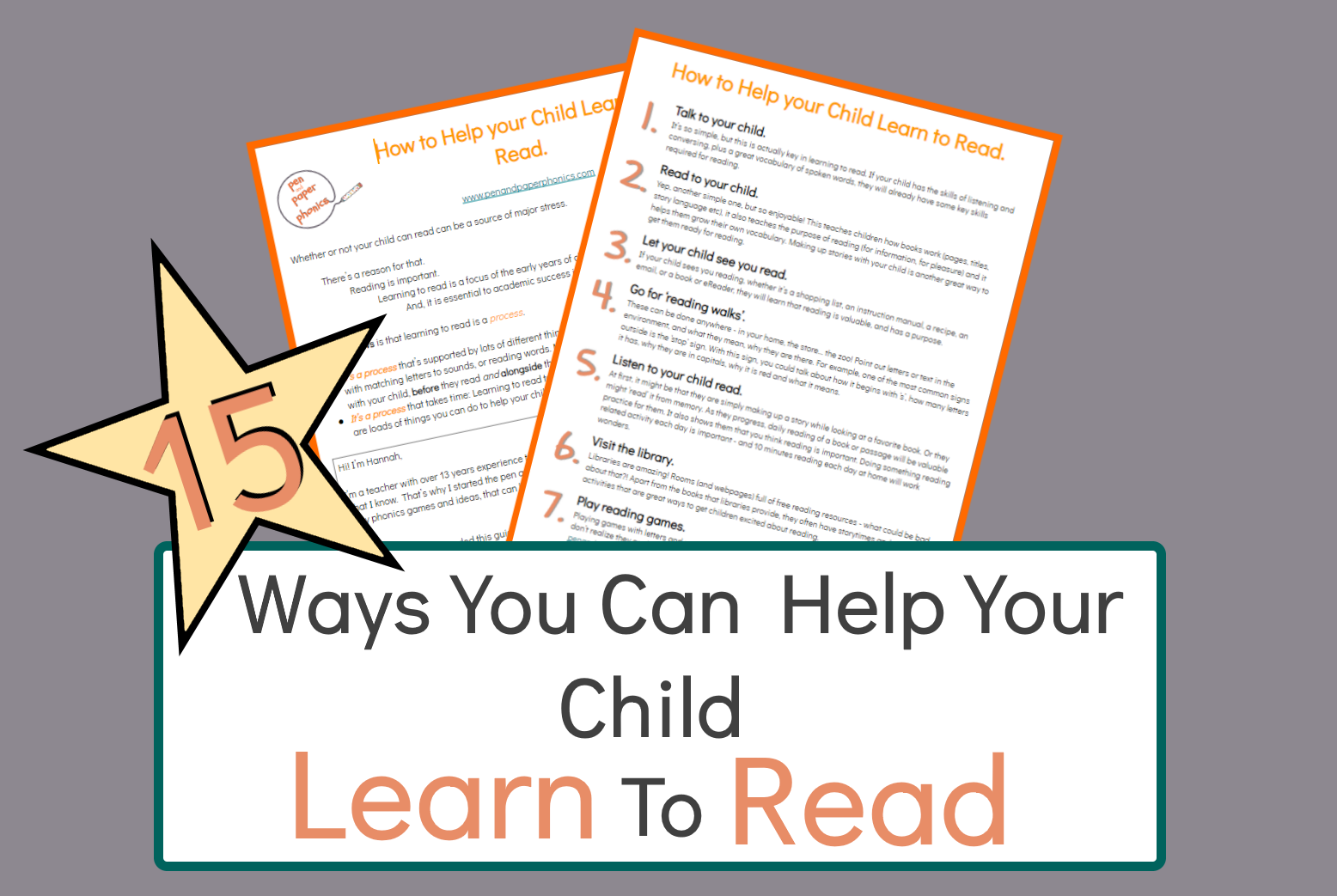A Roll of Paper.
The Basic idea:
- A roll of paper. It can be lots of sheets of paper stuck together to form a long line, a blank till receipt roll, or a roll of brown paper.
- Separate the paper into sections by drawing lines across it at regular intervals.
- Write the words or sounds you want to practice, one in each section.
An example:

The content of the game.
In this example, the content I wanted to practice was ‘key’ words. These can also be called ‘sight’ words, or sometimes ‘tricky’ words. They are basically words children need to learn by sight. This is so that they don’t have to sound out every word as they read, therefore they become more fluent readers.
I played this game with one of my young students. I wrote the words I wanted the child to learn on the roll. I included a few that I knew he already knew, so that there was some guaranteed success built into the game. I repeated some of the words so that the overall number of words was not too many.
The method of the game.
The method I used to teach the content was a car race. This is how to play:
- Line two toy cars up at the bottom of the paper, one for you and one for your child. Set them off with a ‘Ready Steady Go!’ and see which word they stop on.
- Talk about whose car traveled furthest, then encourage the child to read the word that their car has stopped on. To encourage them in this, you also should read the word your car stops on in order to model how to read the words.
- It is also very helpful to use the words on the paper throughout the game. For example, “I hope I land on ‘in.'” Or, “Neither of us have landed on ‘at’ yet!”
- Set the cars back at the start and repeat between 5 and 10 times.
- When you have had enough look at any words you have not landed on.
To Note:
Not every game goes to plan! Here are some things to watch out for in this game:
- If you choose the car race activity, by the end of the game you may not have stopped on every word – no one wants to only get as far as the first word! So, throughout the game you can say things like “I’m going to try and land on…” and “Oh I was so close to…” or “I zoomed right over…” That way you are drawing attention to each word. It is also a reason to repeat the words on the roll so each word is written at least twice. That way, you are more likely to read all of the words. You could also turn it into a challenge. For example you could say “I wonder if you can manage to stop exactly on…”
- As it is a race, the child may only want to get to the end of the roll because they want to go the furthest. To deal with this, you could put points on some of the words. This way they can collect points for the words they land on. Or, you could cross out the words as you read them and then aim for the ones you haven’t yet read.
How To Adapt…
…the content:
1. Alphabet Letter Sounds: You could use the letter sounds of the alphabet instead of words. If your child is just learning to recognize letters, then choose a random selection. If you know your child is struggling with certain sounds that look similar, for example /u/ and /n/, then just use those sounds.

2. Digraphs: These are sounds written with two letters. For example, /ai/ as in train. When children are confident with the sounds of the letters of the alphabet, they move onto digraphs. This can be a difficult concept for them to master. So a game like this is ideal for reinforcing that.

3. Words with a Specific Sound: You could choose just one digraph, for example, and use words that reinforce it. In the case of /ai/ you could use words such as ‘rain’, ‘aim’ and ‘wait’.

4. Words that Rhyme: An awareness of rhyme is a very important phonic skill, so using rhyming words would be a great way to reinforce this. You could also put one odd word that does not rhyme to see if your child can hear the difference.

5. Key Words: In my example above, I used very simple keywords but you could choose more difficult ones. Perhaps some that you know your child is learning at the moment, or some that they struggle with.

6. Tricky Words: Tricky words are like key words but they are often characterized by the fact that they cannot be ‘sounded out’. They are irregular words as they do not follow a pattern, for example ‘the’ or ‘said’. Often they can be written in a different color to the rest of the words, as a visual reminder to the child. When they see it they are reminded not to sound it out, but rather just to try to remember it. If you chose this adaptation, then you could write the regular words in one color and then the tricky words in another color.

…the method:
- Throw a ball: Instead of using cars, you could use a ball and try to throw or roll the ball onto the words.
- Jump along the roll: You could jump from section to section, reading the words that you land on. Do be careful of slipping though when jumping on the paper. Sometimes jumping next to it is better.
- Throw wet paper towels! Not to be done on carpet but lots of fun outside! Throw wet paper towels to stick on the words. You can’t use the roll of paper again, but it is a great deal of fun! Because it’s hard to see the word when it’s covered, you could read the word you are trying to hit before you throw the paper towel.
This is how it looked when I did it in ‘real life’!



